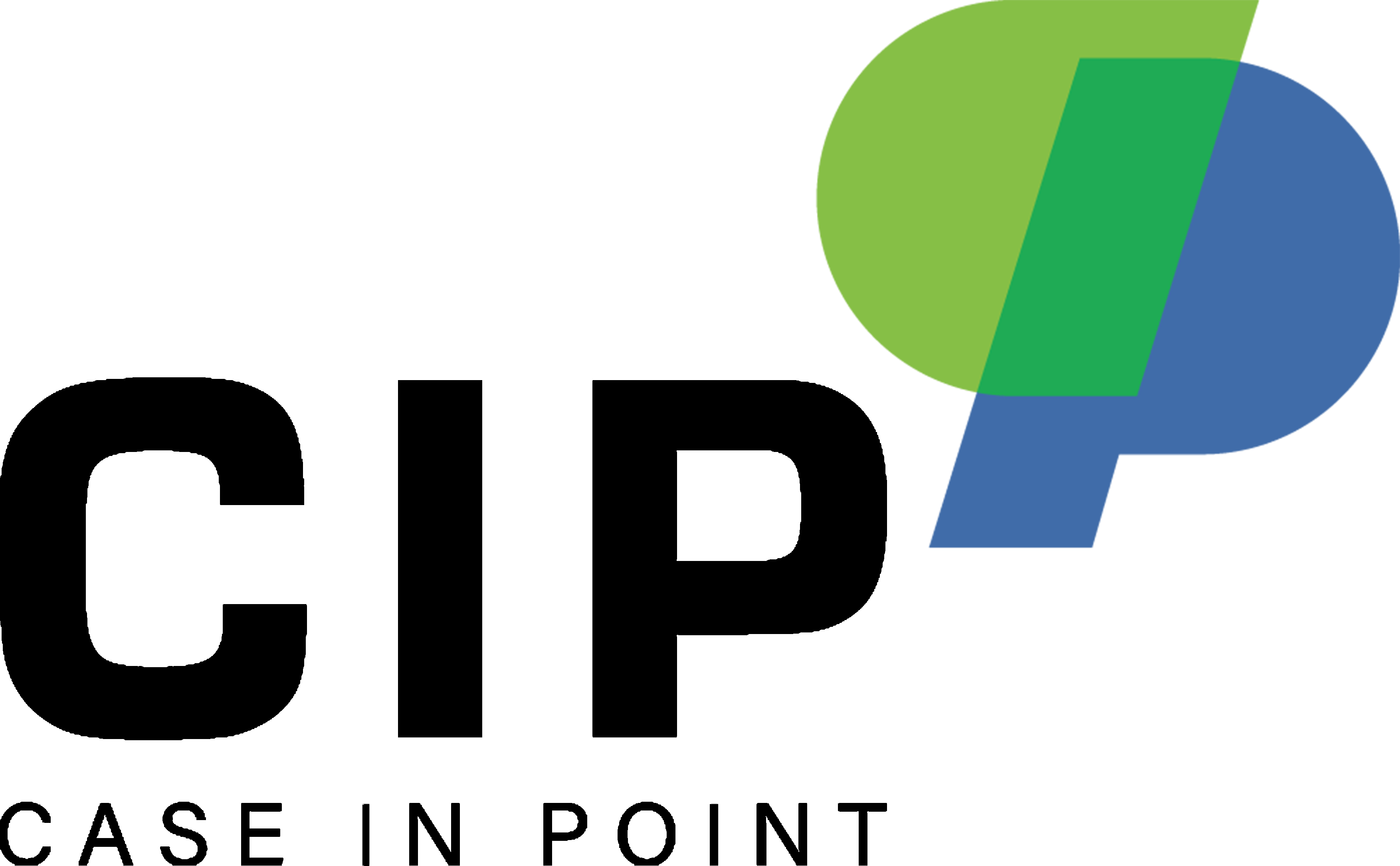As technology continues to advance—as we’ve seen to the rising popularity of ChatGPT, as well as other open source systems and SaaS apps—, businesses are increasingly becoming more aware and wary of the consequences of the more “online” and cloud-based nature of business in this day and age. The rapid growth of technology and Internet of Things devices, we’re looking at an increased risk of cyberattacks that will amount to a loss of not millions, or billions, but trillions of dollars. With so much money on the line, cyber criminals are always on the lookout for even the slightest vulnerabilities to exploit. This IBM report on Cybersecurity from 2022 reported that a single data breach could cost around four million dollars—a significant damage that would be enough to cause both financial and reputational damage to any company, small or large.
In light of the above, here are five tips to consider to help lessen your risk of experiencing a costly data breach at your company.
Educate, educate, educate
One of the biggest threats to any company is clueless managers and employees, especially ones unaware of the risks of cyberattacks.
Phishing attacks, where hackers send emails to employees in an attempt to obtain sensitive information, are a common tactic used by cyber criminals. We might think phishing emails are easy to spot, with their awkward grammar, poor sentence structure, and odd requests, but phishing emails sent out by professional cyber criminals are much more sophisticated, and harder to spot. This Deloitte report shows that around 32 percent of successful cyberattacks happen through phishing emails—a number too high to ignore, and a mistake any unsuspecting employee might fall into if not properly educated on the rising number of cyberattacks. Therefore, companies must educate employees on how to recognize and respond to these types of attacks before and if they happen.
Specialized training sessions can cover these types of topics such as password best practices, how to identify phishing emails, and what to do in case of a suspected cyber attack. Strict and clear measures should also be added to company policies, such as prohibiting employees from sharing login credentials, downloading unauthorized software, or opening attachments from unexpected emails from “clients.” Consider using stronger authentication methods as well that your employees can also use whenever they’re dealing with sensitive information they want to keep safe. Having or implementing a Multi-Factor Authentication (MFA) system can reduce your risk of identity compromise by as much as 99 percent.
Regularly update software and systems
If you haven’t yet updated the existing apps and software, you might want to—outdated systems and software are some of the easiest targets for cyber criminals. Hackers are always looking for vulnerabilities in software and operating systems, which they can exploit to gain access to a company’s network. Companies should therefore ensure that all software and systems are up to date with the latest security patches. This includes not only operating systems but also third-party software and applications that might be in use. Companies should also consider using security software such as firewalls and anti-virus software to provide an additional layer of protection. Understanding how patch management works and putting an intuitive system in place to continuously and consistently update systems and software is a safe route to take.
Regularly backup data
Ransomware attacks, where cyber criminals encrypt a company’s data and demand payment for its release, have become increasingly common in recent years, and at an alarming rate. Verizon’s Data Breach Investigations Report 2022 records an increase of ransomware attacks compared to all past five years combined. Cybersecurity Ventures even predicts that, by 2031, businesses will be attacked by ransomware every 2 seconds, making it one of the fastest growing types of cyberattacks.
To protect against ransomware attacks, companies should regularly back up their data and stored securely offline as much as possible. This ensures that even if a company’s data is encrypted by ransomware, it can be restored from a backup without having to pay a ransom. Also be wary of the type of internet connection you’re using—make sure it’s a known source, especially if you’re using a device with critical data and information on it. And as mentioned in the previous points, it’s absolutely important to update your systems and softwares and keep every single one of them up to date.
Conduct regular security audits
Regular security audits can help companies identify vulnerabilities and weaknesses in their cybersecurity defenses. Security audits can include penetration testing, where ethical hackers attempt to exploit vulnerabilities in a company’s network, and vulnerability scanning, where automated tools are used to identify potential vulnerabilities. Security audits should be conducted at least annually, and the results should be used to improve cybersecurity defenses. You should also consider engaging third-party cybersecurity firms to conduct security audits, as they can provide an objective assessment of a company’s defenses.
Become a company that’s intolerant to data breaches
Companies must take proactive measures to protect themselves from cyber attacks. The four measures outlined in this article are a good starting point for any business looking to improve its cybersecurity defenses. By investing in cybersecurity, companies can not only protect themselves from potential financial and reputational damage but also demonstrate to their customers that they take the security of their data seriously.

